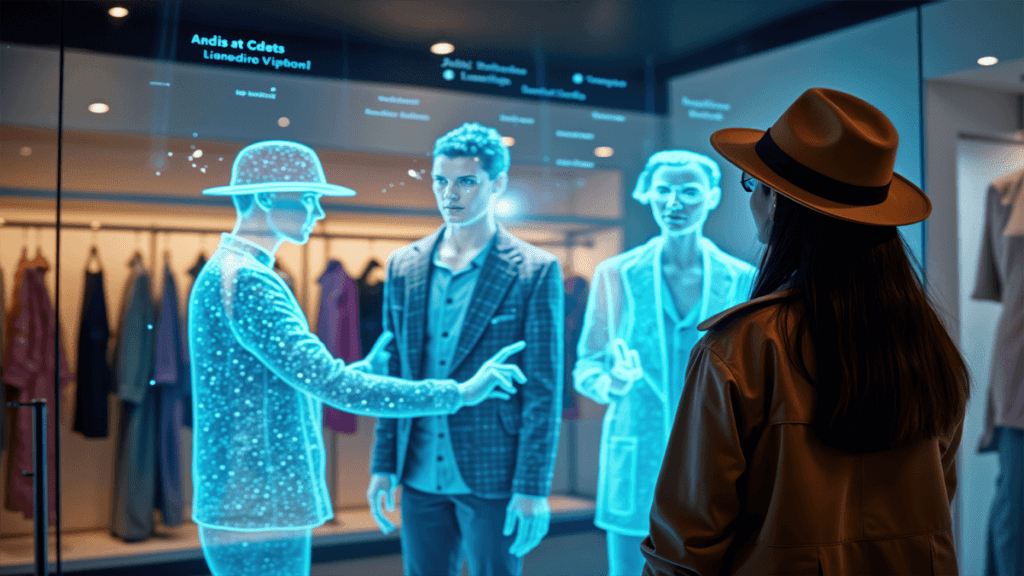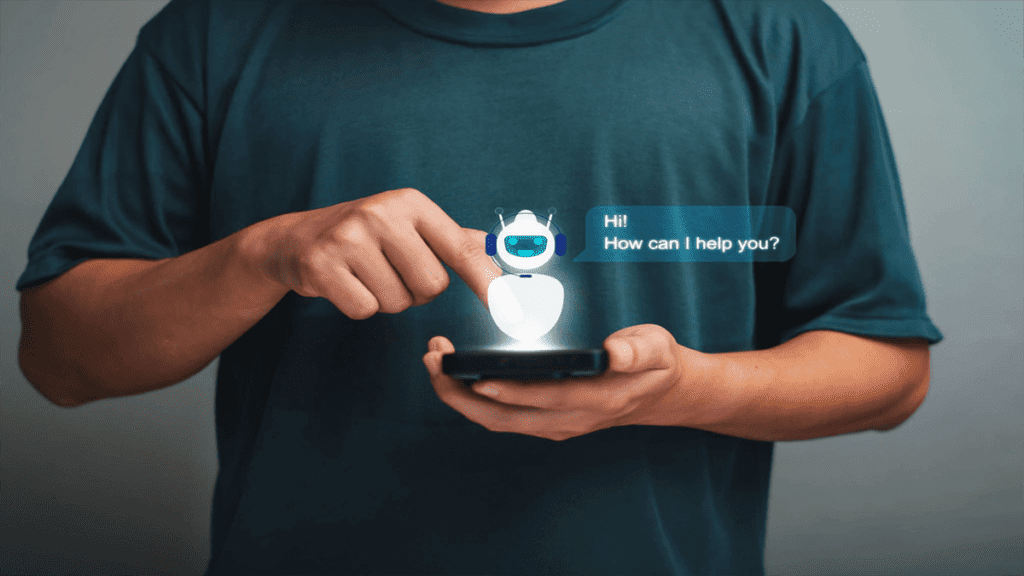Imagine walking into your favorite coffee shop, and before you even place an order, the barista greets you by name and says, “Your usual oat milk cappuccino with cinnamon is already being prepared. Would you like to add a protein bar today? I noticed you’ve been picking healthier options lately.”
This is not a lucky guess. It is hyper-personalization at work.
In 2025, customers will no longer just appreciate personalized service—they will expect it. They want brands to understand their habits, anticipate their needs, and offer solutions before they even ask. Businesses that master hyper-personalization will thrive, while those that fail to adapt will struggle to keep up.
Decoding Hyper-Personalization
Hyper-personalization goes beyond traditional personalization, typically segmenting customers based on shared traits. Instead, it leverages artificial intelligence (AI), real-time data, and automation to create highly customized interactions for each individual.
Rather than offering generic recommendations, hyper-personalization tailors every touchpoint. A retailer may suggest products based on a customer’s past purchases and browsing history. A bank may offer financial advice tailored to a customer’s spending habits. A healthcare provider may send timely reminders for checkups based on medical records.
This approach enhances customer experiences across industries:
- Retailers suggest clothing styles based on past purchases, search behavior, and even the local weather.
- Streaming services recommend movies and TV shows based on a viewer’s mood and previous interactions.
- Banks personalize loan offers based on financial behavior rather than broad demographic data.
- Healthcare providers deliver customized wellness plans, reminders for medication refills, and tailored nutrition advice.
Hyper-personalization is not just about offering relevant content—it is about delivering it at the right time, in the right way, and on the right platform.
Why Hyper-Personalization Matters in 2025?
The modern customer is overwhelmed with digital noise. Businesses send countless emails, push notifications, and advertisements every day. Yet, most of these messages fail to resonate. Hyper-personalization cuts through this clutter by ensuring that every interaction feels meaningful and relevant.
Meeting Customer Expectations
A majority of consumers now expect brands to understand their unique preferences. Studies show that 80 percent of shoppers are more likely to make a purchase when brands offer personalized experiences. In contrast, poor personalization can push customers away. Brands that fail to deliver relevant content risk losing nearly 40 percent of their customers.
Strengthening Engagement and Loyalty
When businesses take the time to understand individual customers, those customers feel valued. This emotional connection fosters loyalty, leading to repeat purchases and word-of-mouth referrals. A well-executed hyper-personalization strategy can transform one-time buyers into lifelong brand advocates.
Increasing Marketing Efficiency and ROI
Traditional marketing often relies on broad targeting, leading to wasted ad spend and low conversion rates. Hyper-personalization, however, ensures that brands reach the right people with the right message. Studies have shown that personalized marketing campaigns can deliver up to eight times the return on investment compared to traditional campaigns.
Creating Competitive Advantage
With growing competition, businesses must differentiate themselves. Hyper-personalization allows brands to stand out by offering unique, memorable experiences. Companies that effectively implement it will not only attract customers but also keep them engaged for the long term.
How Technology Powers Hyper-Personalization?

Hyper-personalization would not be possible without advancements in technology. Several key innovations make it feasible:
AI and Machine Learning
AI-powered algorithms analyze massive amounts of data to predict customer behavior. They identify trends, anticipate needs, and personalize recommendations in real time. AI also improves over time, learning from past interactions to refine future recommendations.
Big Data and Analytics
Businesses now collect vast amounts of customer data from multiple sources, including website activity, social media interactions, and purchase history. By processing this data, companies can create detailed customer profiles and deliver highly targeted marketing efforts.
Conversational AI and Chatbots

AI-driven chatbots offer personalized interactions 24/7. They answer customer questions, recommend products, and even remember past conversations. This creates a seamless and efficient experience for users while reducing the burden on human customer service teams.
IoT and Geolocation Technology
Smart devices and geolocation technology allow brands to provide real-time, location-based recommendations. For example, a retail app may send a special offer when a customer walks past a store. A hotel may adjust room settings based on a guest’s past preferences. These small touches enhance convenience and create a personalized experience.
How Businesses Can Implement Hyper-Personalization?
For companies looking to incorporate hyper-personalization, the process involves several key steps:
Collect the Right Data
Successful hyper-personalization starts with data collection. Businesses must gather meaningful insights about their customers, including their preferences, behaviors, and interactions across multiple channels. This data should be obtained ethically and with customer consent.
Use AI to Analyze Data Effectively
Having data is not enough; businesses need AI-driven analytics to interpret it. Machine learning models can identify patterns and make predictions that help brands deliver timely and relevant content.
Implement Real-Time Personalization
Personalization must happen in real time to be effective. Automated systems should deliver recommendations, promotions, and content based on immediate customer actions. For example, if a customer abandons their shopping cart, an AI-driven system can instantly send a personalized discount to encourage them to complete the purchase.
Maintain Customer Trust and Privacy
Consumers are increasingly aware of how their data is being used, and transparency is critical. Businesses must communicate clearly about data collection practices and offer customers control over their information. Ethical data use strengthens trust and enhances customer relationships.
The Future of Customer Experience is Personal
The era of mass marketing is fading. In 2025, brands that fail to offer tailored experiences will struggle to compete. Hyper-personalization is not just a marketing strategy but a necessity for building strong customer relationships.
The businesses that succeed in hyper-personalization will be those that embrace AI, leverage data responsibly, and prioritize meaningful engagement. Customers want to feel seen, heard, and understood. When brands can deliver that level of care, they turn everyday interactions into lasting connections.
Hyper-personalization is no longer a luxury—it is the foundation of the future customer experience.


